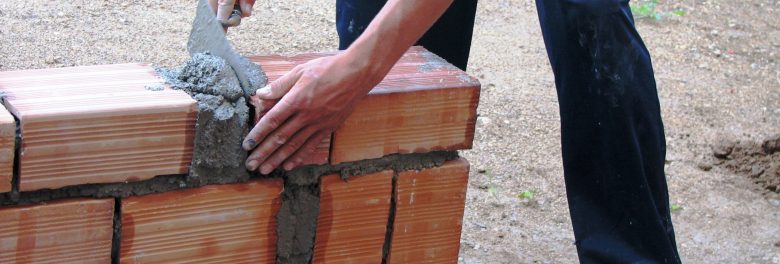
Climate change is a rapidly escalating emergency. To date, the focus of planning policy has been on reducing the amount of carbon generated to operate our buildings but now the focus is on those emissions within the building materials i.e. embodied carbon.
Making small changes to the design of a building can have huge benefits when looking to reduce the embodied carbon. Some of these have been outlined below:
- Using aluminium with a higher recycled content (up to 50% recycled) can reduce the embodied carbon of the façade by up to 42% when compared to virgin aluminium.
- A polyester powder coated finish (PPC) can offer a 34% carbon reduction on louvres compared to an anodised finish.
- Designing out a suspended ceiling and opting for a concrete soffit could save up to 10kgCO2/m2 in ceiling materials.
- Using concrete as a finish can reduce the need for other materials and the durability of concrete also offers further savings through a reduction in the need for maintenance.
- The use of hollow slabs or bubble decks could reduce a building embodied impact by approximately 6%.
The new draft London Plan (policy SI2 Minimising greenhouse gas emissions) has introduced a requirement for all new referable developments to calculate and reduce Whole Life Cycle Carbon Emissions. This is both embodied and operational carbon:
- Operational carbon is the energy required to heat and power a building;
- Embodied carbon is the carbon that is released in the manufacturing, production, and transportation of the building materials used.
We discuss the above issues in both Life Cycle Assessments (embodied carbon only) and Whole Life Cycle Carbon Emission assessments.
Posted on January 30th, 2020
Author: Zeta Stebbings
Related services: Whole Life Cycle Carbon Assessments,